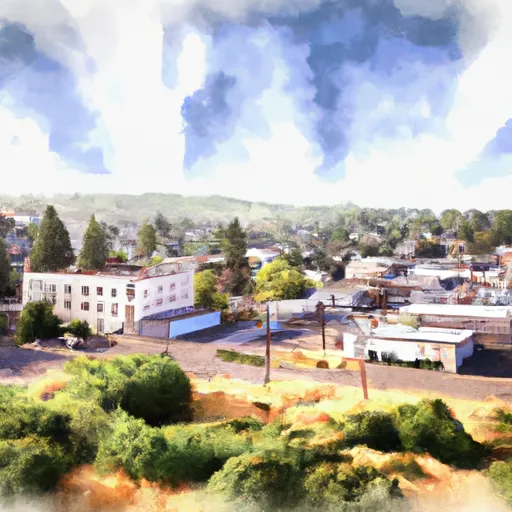°F
°F
mph
Windspeed
%
Humidity











Walton, Oregon, a small town located in Lane County, offers a pleasant climate with mild summers and cool, wet winters. The area experiences a Mediterranean climate, characterized by dry summers and rainfall distributed throughout the year. Summers are warm, with average temperatures ranging from the mid-70s to low 80s Fahrenheit, while winters are cool, with temperatures averaging in the mid-40s.
Hydrologically, Walton is encompassed by the Siuslaw River Basin, providing a rich ecosystem with diverse water sources. The Siuslaw River flows nearby, offering excellent fishing opportunities for trout, salmon, and steelhead. The area is also home to several creeks and streams, contributing to the overall hydrological network.
Outdoor enthusiasts visiting Walton can indulge in various recreational activities. The nearby Willamette National Forest provides ample opportunities for hiking, mountain biking, and camping. The Siuslaw National Forest allows for outdoor adventures like hunting, fishing, and wildlife viewing. Walton is also close to the Siuslaw River, offering kayaking, canoeing, and boating enthusiasts a chance to explore the waterways. With its scenic landscapes and abundant outdoor opportunities, Walton, Oregon, is an ideal destination for nature lovers and those seeking an escape into the great outdoors.
Weather Forecast
Walton receives approximately 1782mm of rain per year, with humidity levels near 86% and air temperatures averaging around 12°C. Walton has a plant hardyness factor of 8, meaning plants and agriculture in this region tend to thrive here all year round.
Regional Streamflow Levels
5,090
Cubic Feet Per Second
58,400
Cubic Feet Per Second
6,450
Cubic Feet Per Second
5,000
Cubic Feet Per Second
Nearby Camping
| Camping Area | Reservations | Toilets | Showers |
|---|---|---|---|
| Alsea Falls | |||
| Vincent Creek | |||
| Blackberry | |||
| Salmonberry County Park Campground | |||
| Hult Pond - Dispersed | |||
| Archie Knowles |



